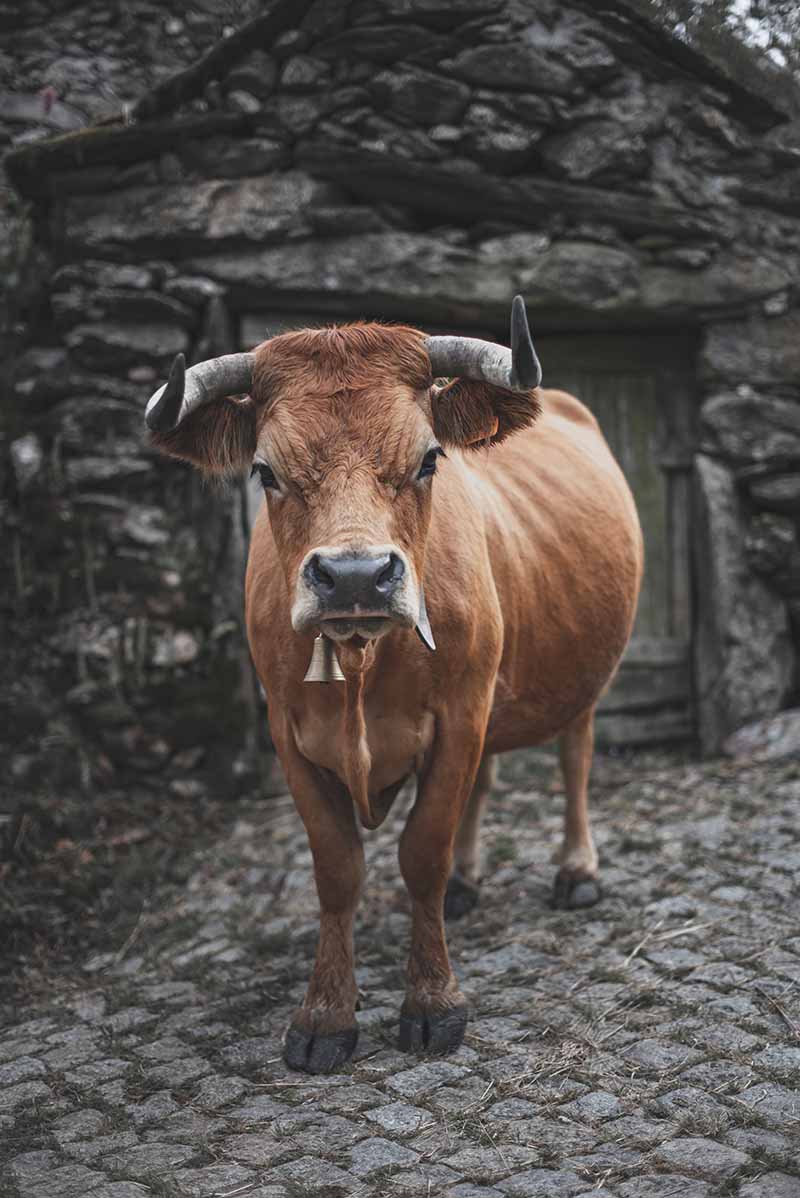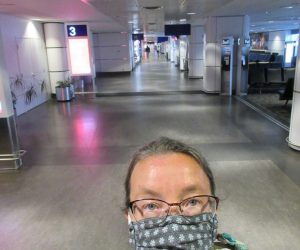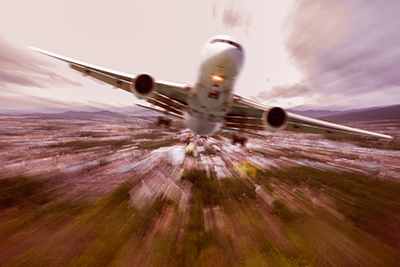 Among taxi rides, the one to the airport is often The Worst.
Among taxi rides, the one to the airport is often The Worst.
You’re stuck in the back seat of a speeding cab, hands groping fruitlessly for your seatbelt (which is inevitably non-functional.) The car careens wildly through some busy metropolitan area. The driver seems intent on beating his best time. By the time you reach the airport, the groping of security staff seems almost comforting by comparison.
Now add cobblestones.
We did not feel in a particular hurry that day on Terceira, one of nine islands which make up the mid-Atlantic Azores archipelago. It wasn’t a great distance from our hotel in the east-coast town of Praia de Vitória to the airport at Lajes. Perhaps four kilometres. We could have walked, except for those cobblestones. Unkind to luggage wheels, you see.
After my husband negotiated a six-Euro fare with the driver (down from the standard eight-Euro flat-fare), we piled our luggage in the trunk. The driver, a swaggering young fellow with minimal English, seemed anxious to show off his Mercedes to best advantage. We were definitely going much too quickly down the narrow, winding streets on our way out of town.
But, when we reached the Estrada 25 de Abril, he really opened her up. Pastel-painted Azorean houses flashed by in a bouncing blur, as the car rattled over the cobbled road.
“Senhor,” he called over his shoulder, “I said six Euros? It’s eight Euros. The suitcases. Two Euros more. You understand?”
There’s an International Taxi School where they learn these ploys, isn’t there? It’s not like we can change our minds now. Not at this speed.
Abandoning the hunt for my seatbelt, I turned my attention to the houses flashing by. Well, this was most curious. There was a near-continuous wall between the road and the houses, punctuated by gateways to each dwelling. The gateways were usually open. But now I noticed each one was closed, and in the process of being barricaded with sheets of plywood.
And people were sitting on the walls, waiting expectantly. For what? A parade? Or a festival! The calendar in the Azores is sprinkled with festivals. I appealed to the driver. “Excuse me, senhor, is there a festival today?”
“No, it’s tourada à corda! The bulls, you know?”
Oh. My. God. In minutes, this street would be full of angry, charging bulls and daring/foolish/drunk (take your pick) young men. And here we were, barely ahead of it, in a taxi. No wonder the driver was speeding. Soon this street, the most direct route to the airport, would close to all traffic – except bulls. Our driver was intent on getting through, knowing he wouldn’t get paid extra if he had to take the longer route.
This was our seventh day on the Portuguese island of Terceira. We’d seen repeated videos of street bullfighting misses and near-misses. Almost every souvenir shop seemed to have a TV in the window showing bulls climbing over walls, trampling hapless young men, getting angrier by the minute. Terceira must be the original home of the Raging Bull.
Now I was silently urging our driver on. The crowds on the walls were getting thicker, as women and children jockeyed for vantage points. The men, young and old, clustered in groups, smoking and (presumably) talking big. I almost wished we could stay and watch. Almost. Our flight to Faial, another Azorean island, wouldn’t wait for us, bulls notwithstanding.
This brief but action-packed ride was dramatically different from one we’d had a few days earlier. The first four days of our Azorean holiday were spent in the charming south-coast town of Angra do Heroísmo, a UNESCO World Heritage site on Terceira Island. From there, we decided to spend a day touring the western part of the island. Terceira is not very large, perhaps 30 by 16 kilometres. Reluctant to navigate narrow, twisting and sometimes poorly marked roads in a rental car, we decided to engage a taxi.
We found a taxi stand and approached the first driver we came upon. Unlike many other islanders, this one spoke little English. He directed us to one of his colleagues, Francisco.
Francisco, or Frank, spoke a peculiar style of English. As a youth, he had worked as a caddy at a swanky golf course near the American Air Force Base next to Lajes airport. He learned English from the American golfers who frequented the course. Consequently, Frank had a swaggering drawl that made him sound like John Wayne.
For our island tour, we gave Frank a short list of places we particularly wanted to see and left the rest of the itinerary to him. We settled into the back seat to enjoy a leisurely drive. (The seatbelts in Frank’s cab worked just fine.) In addition to his language skills, he was one of the most gentlemanly drivers we’d ever encountered.
It was an idyllic, sun-drenched day, more Mediterranean than mid-Atlantic. The only clouds were those clinging to the peaks of the island’s volcanoes. The loftiest of these, Santa Barbara, was our first major stop. From the village of Santa Barbara itself, Frank followed winding roads ascending toward the invisible peak. We climbed in altitude, stopping often to gaze back down over farmland to the diminishing village. Each field on the slope was bordered with either black volcanic rock walls or massive hydrangea shrubs, heavy with mauve and blue blossoms. From this elevation, other smaller volcanic cones were visible, sprinkled liberally through the lush landscape.
The road steepened sharply as we drove through the volcano’s forested flank. Impenetrable cloud had stubbornly clung to the peak, and when we arrived, little could be discerned through the gloom. We emerged from the car to find ourselves completely misted-in and buffeted by furious winds. Strangely, the parking area was overflowing with cars—belonging to hikers groping around the trail that ringed the caldera.
After seeing all we possibly could (which wasn’t a great deal), Frank gingerly navigated the car out of the parking area. Driving over a raised grate produced the unmistakable pop and hiss of a flat tire. Frank astounded us with his impressive knowledge of English profanities. (Those golfers, eh?) Refusing our offers of assistance, he installed the spare tire himself.
We wandered about blindly, hoping for a break in the cloud. Beyond a sign describing the physical features of the volcano we caught a brief breathtaking glimpse of the volcano’s enormous caldera before the cloudy curtain closed in on the view.
With the spare tire in place, we retraced our route back down the mountain. Below the peak-obscuring cloud, it was a maddeningly clear day. Frank, subdued by the unexpected expense of a punctured tire, drove in brooding silence. We wisely followed suit in the back seat.
For lunch, Frank deposited us at a roadside picnic area at Mata da Serreta. The park was typical of the Azores: bubbling fountains, verdant trees, meandering paths, stone tables and benches. Frank drove off to smoke and sulk in private. We laid out our feast: fresh Portuguese bread, sharp Azorean cheese, and a bottle of local wine. Unlike Canada, nobody bats an eyelash at alcohol in public here (driving after drinking, however, is strictly a no-no.)
Thankfully, the break lifted Frank’s mood, and we resumed our adventures. He took us to the natural swimming pools at Ponta dos Biscoitos so we could see what a beach with no sand looks like. Although there are several fine sandy beaches on the island, the north coast is edged with black, skin-shredding lava. The lava, frozen in place after some not-too-ancient eruption, created a network of natural pools next to the ocean. Concrete pathways lead from parking area to pools to ocean. Here and there were smooth concrete patches – improvised “beaches” for sunbathing.
The pools were crowded with swimmers and soakers. Braver souls plunged directly into the ocean, where thundering waves crashed just beyond the marked swimming area. The whole set-up was ingenious and would never be permitted in safety-obsessed North America.
Having toured the western half of Terceira, Frank drove us across the heart of the island back to Angra. Along the way, we passed a number of small fields with menacing-looking bulls. Frank informed us that the bulls would be teased to anger before they participated in the popular local custom of street bullfighting known as touradas à corda (literally, bulls on a rope). The bulls did look surly, and I was happy to be in a taxi, passing by in safety.
We could not have imagined that, a few days later, we’d be uncomfortably close to the rage of bulls, as we bounced along in our final taxi journey. During that ride, I braved a glance behind us.
I felt both relief and disappointment not to see steaming bulls trailing behind.


